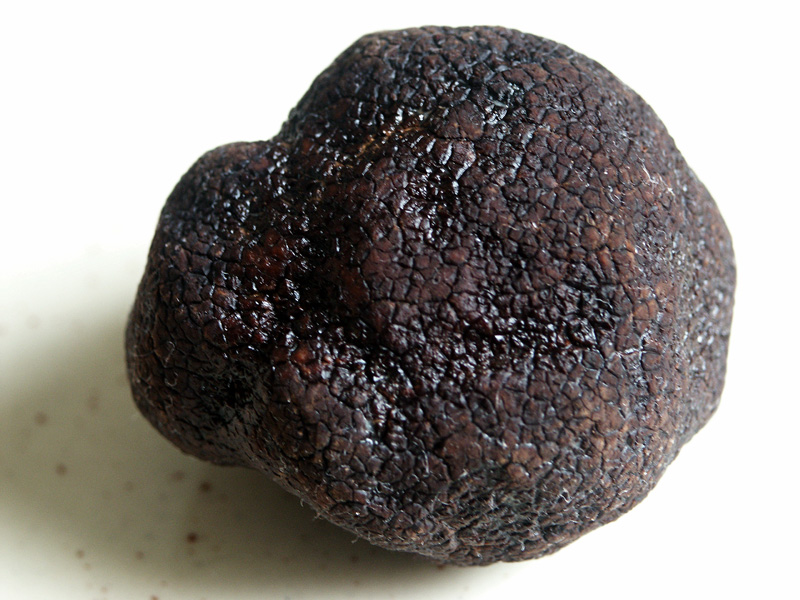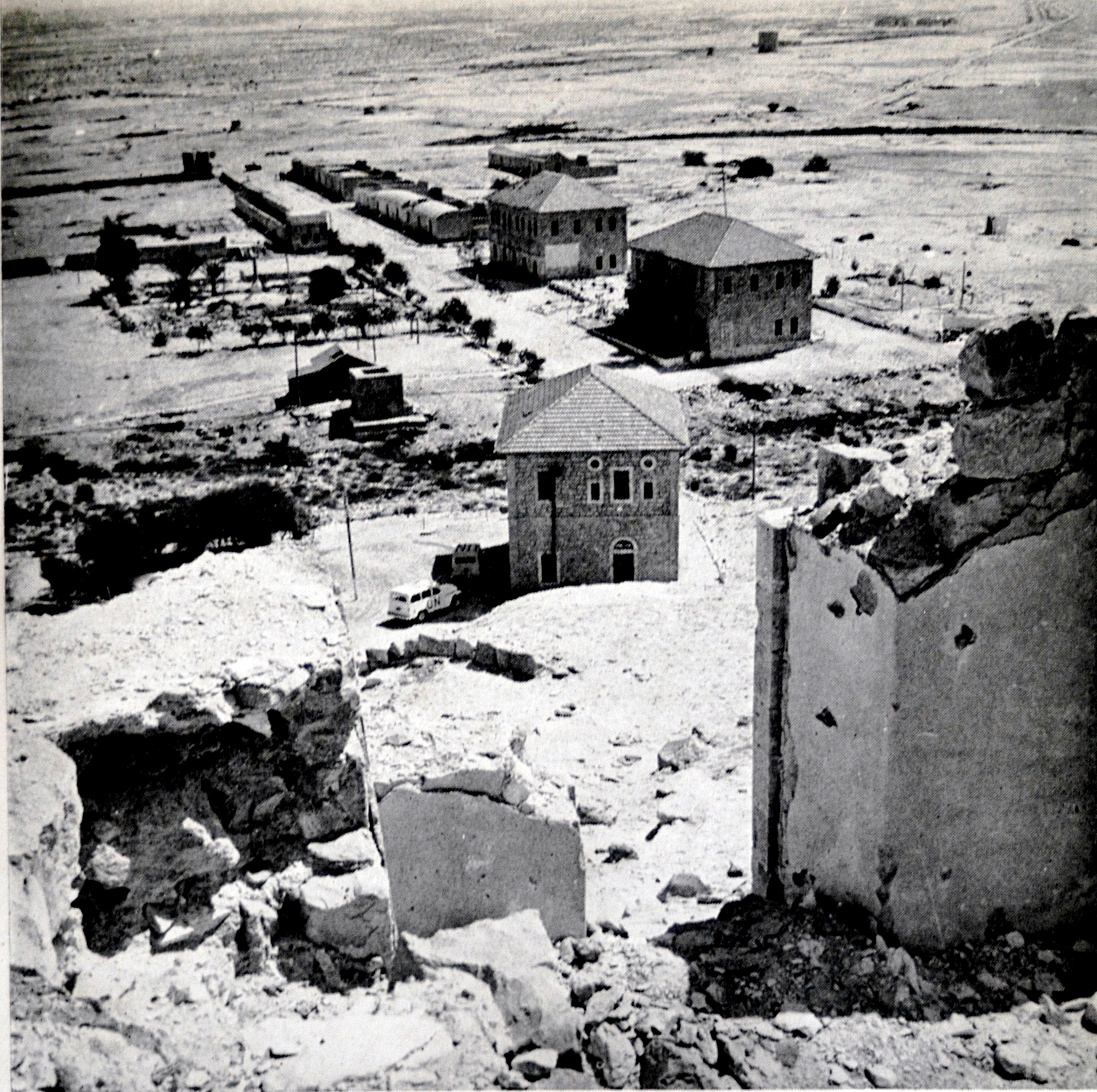|
Kmehin
Kmehin ( he, כְּמֵהִין, lit. ''truffle'') is a secular moshav in the western Negev desert in Israel. Located near Nitzana, it falls under the jurisdiction of Ramat HaNegev Regional Council. In it had a population of . History The moshav was founded in 1988 and was named for the truffles that grow in the area. The moshav's main produce is cherry tomato The cherry tomato is a type of small round tomato believed to be an intermediate genetic admixture between wild currant-type tomatoes and domesticated garden tomatoes. Cherry tomatoes range in size from a thumbtip up to the size of a golf bal ...es, flowers, spices and peppers. References External linksKmehinNegev Information Centre {{Ramat Negev Regional Council Moshavim Populated places in Southern District (Israel) Populated places established in 1988 1988 establishments in Israel ... [...More Info...] [...Related Items...] OR: [Wikipedia] [Google] [Baidu] |
Ramat HaNegev Regional Council
Ramat HaNegev Regional Council ( he, מועצה אזורית רמת הנגב, ''Mo'atza Azorit Ramat HaNegev'', ''lit.'' Negev Heights Regional Council) is a regional council in the Negev desert in Israel. With around 8,000 residents spread across 20 villages, the council is geographically the largest in Israel, covering more than 20% of Israel's landmass. The council's headquarters are located on Highway 40 between Mashabei Sadeh and Tlalim. Geography Ramat HaNegev is geographically the largest local authority area in Israel, covering over 4.3 million dunam, around 22% of Israel. The region is home to around 8,000 residents spread across 20 villages split between kibbutzim, moshavim, community settlements, an educational youth village and military bases, as well as 23 farms. The council borders Central Arava Regional Council to the east, Hevel Eilot Regional Council to the south, Egypt to the west and Bnei Shimon Regional Council and Eshkol Regional Council to the north. Neve ... [...More Info...] [...Related Items...] OR: [Wikipedia] [Google] [Baidu] |
Truffle
A truffle is the fruiting body of a subterranean ascomycete fungus, predominantly one of the many species of the genus ''Tuber''. In addition to ''Tuber'', many other genera of fungi are classified as truffles including ''Geopora'', ''Peziza'', ''Choiromyces'', ''Leucangium'', and over a hundred others. These genera belong to the class Pezizomycetes and the Pezizales order. Several truffle-like basidiomycetes are excluded from Pezizales, including ''Rhizopogon'' and ''Glomus''. Truffles are ectomycorrhizal fungi, so they are usually found in close association with tree roots. Spore dispersal is accomplished through fungivores, animals that eat fungi. These fungi have significant ecological roles in nutrient cycling and drought tolerance. Some truffle species are highly prized as food. French gastronome Jean Anthelme Brillat-Savarin called truffles "the diamond of the kitchen". Edible truffles are used in Italian, French and numerous other national . Truffles are cultivat ... [...More Info...] [...Related Items...] OR: [Wikipedia] [Google] [Baidu] |
Moshav
A moshav ( he, מוֹשָׁב, plural ', lit. ''settlement, village'') is a type of Israeli town or settlement, in particular a type of cooperative agricultural community of individual farms pioneered by the Labour Zionists between 1904 and 1914, during what is known as the second wave of ''aliyah''. A resident or a member of a moshav can be called a "moshavnik" (). The moshavim are similar to kibbutzim with an emphasis on community labour. They were designed as part of the Zionist state-building programme following the green revolution Yishuv ("settlement") in the British Mandate of Palestine during the early 20th century, but in contrast to the collective farming kibbutzim, farms in a moshav tended to be individually owned but of fixed and equal size. Workers produced crops and other goods on their properties through individual or pooled labour with the profit and foodstuffs going to provide for themselves. Moshavim are governed by an elected council ( he, ועד, ''va'a ... [...More Info...] [...Related Items...] OR: [Wikipedia] [Google] [Baidu] |
Negev
The Negev or Negeb (; he, הַנֶּגֶב, hanNegév; ar, ٱلنَّقَب, an-Naqab) is a desert and semidesert region of southern Israel. The region's largest city and administrative capital is Beersheba (pop. ), in the north. At its southern end is the Gulf of Aqaba and the resort city and port of Eilat. It contains several development towns, including Dimona, Arad and Mitzpe Ramon, as well as a number of small Bedouin towns, including Rahat and Tel Sheva and Lakiya. There are also several kibbutzim, including Revivim and Sde Boker; the latter became the home of Israel's first Prime Minister, David Ben-Gurion, after his retirement from politics. Although historically part of a separate region (known during the Roman period as Arabia Petraea), the Negev was added to the proposed area of Mandatory Palestine, of which large parts later became Israel, on 10 July 1922, having been conceded by British representative St John Philby "in Trans-Jordan's name". Despite this, the ... [...More Info...] [...Related Items...] OR: [Wikipedia] [Google] [Baidu] |
Israel
Israel (; he, יִשְׂרָאֵל, ; ar, إِسْرَائِيل, ), officially the State of Israel ( he, מְדִינַת יִשְׂרָאֵל, label=none, translit=Medīnat Yīsrāʾēl; ), is a country in Western Asia. It is situated on the southeastern shore of the Mediterranean Sea and the northern shore of the Red Sea, and shares borders with Lebanon to the north, Syria to the northeast, Jordan to the east, and Egypt to the southwest. Israel also is bordered by the Palestinian territories of the West Bank and the Gaza Strip to the east and west, respectively. Tel Aviv is the economic and technological center of the country, while its seat of government is in its proclaimed capital of Jerusalem, although Israeli sovereignty over East Jerusalem is unrecognized internationally. The land held by present-day Israel witnessed some of the earliest human occupations outside Africa and was among the earliest known sites of agriculture. It was inhabited by the Canaanites ... [...More Info...] [...Related Items...] OR: [Wikipedia] [Google] [Baidu] |
Nitzana (village)
Nitzana ( he, נִצָּנָה, ניצנה) is an educational youth village and community settlement in southern Israel. Located in the western Negev desert, adjacent to the Egyptian border, it falls under the jurisdiction of Ramat HaNegev Regional Council. In it had a population of . Ancient Nitzana (3rd c. BC-7th c. AD) Ancient Nitzana was founded by the Nabataeans in the 3rd century BC. There are traces of a large first century BC building with a monumental staircase. The settlement was a trading post on the Eilat to Gaza route. In the early 2nd century AD the emperor Hadrian diverted this trade from Elat to Damascus. Despite this loss Nitzana grew under Byzantine rule. In the late 3rd century AD the fort was enlarged with stables for horses and camels. In the 4th century a church was built attached to the north end of the fort. It was dedicated to SS Sergius and Baccus. In the 7th century a second church, dedicated to the Virgin Mary was built 60m south east of the fort. ... [...More Info...] [...Related Items...] OR: [Wikipedia] [Google] [Baidu] |
Terfeziaceae
The Terfeziaceae, or desert truffles, is a family of truffles ( ber, script=latn, Tirfas, ar, كمأ, Kam', ckb, دنبلان, Domalan, he, כמהת הנגב, kmehat hanegev) endemic to arid and semi-arid areas of the Mediterranean Region, North Africa, and the Middle East, where they live in ectomycorrhizal association with ''Helianthemum'' species and other ectomycorrhizal plants (including ''Cistus'', oaks, and pines). This group consists of three genera: ''Terfezia'', ''Tirmania'', and ''Mattirolomyces''. They are a few centimetres across and weigh from 30 to 300 grams (1–10 oz). Desert truffles are often used as a culinary ingredient. Family description Fruit-bodies (ascomata) are large, more or less spherical to turbinate (top-shaped), thick-walled, and solid. The asci are formed in marbled veins interspersed with sterile tissue. The asci are cylindrical to spherical, indehiscent (not splitting open at maturity), and sometimes stain blue in iodine. Ascospor ... [...More Info...] [...Related Items...] OR: [Wikipedia] [Google] [Baidu] |
Cherry Tomato
The cherry tomato is a type of small round tomato believed to be an intermediate genetic admixture between wild currant-type tomatoes and domesticated garden tomatoes. Cherry tomatoes range in size from a thumbtip up to the size of a golf ball, and can range from spherical to slightly oblong in shape. Although usually red, other colours such as orange, yellow, green, purple, and black also exist. Those shaped like an oblong share characteristics with plum tomatoes and are known as ''grape tomatoes''. The cherry tomato is regarded as a botanical variety of the cultivated berry, ''Solanum lycopersicum'' var. ''cerasiforme''. In supermarkets, cherry tomatoes of different colors are often sold together with the phrase "mixed melody" in the name, indicating the great variance in their colors. History The cherry tomato is believed to be the direct ancestor of modern cultivated tomatoes and is the only wild tomato found outside South America. The tomato is thought to have been first ... [...More Info...] [...Related Items...] OR: [Wikipedia] [Google] [Baidu] |
Moshavim
A moshav ( he, מוֹשָׁב, plural ', lit. ''settlement, village'') is a type of Israeli town or settlement, in particular a type of cooperative agricultural community of individual farms settler, pioneered by the Labor Zionism, Labour Zionists between 1904 and 1914, during what is known as the Second Aliyah, second wave of ''aliyah''. A resident or a member of a moshav can be called a "moshavnik" (). The moshavim are similar to kibbutzim with an emphasis on community labour. They were designed as part of the Zionist state-building programme following the green revolution Yishuv ("settlement") in the Mandatory Palestine, British Mandate of Palestine during the early 20th century, but in contrast to the collective farming kibbutzim, farms in a moshav tended to be individually owned but of fixed and equal size. Workers produced crops and other goods on their properties through individual or pooled labour with the profit and foodstuffs going to provide for themselves. Mosha ... [...More Info...] [...Related Items...] OR: [Wikipedia] [Google] [Baidu] |
Populated Places In Southern District (Israel)
Population typically refers to the number of people in a single area, whether it be a city or town, region, country, continent, or the world. Governments typically quantify the size of the resident population within their jurisdiction using a census, a process of collecting, analysing, compiling, and publishing data regarding a population. Perspectives of various disciplines Social sciences In sociology and population geography, population refers to a group of human beings with some predefined criterion in common, such as location, race, ethnicity, nationality, or religion. Demography is a social science which entails the statistical study of populations. Ecology In ecology, a population is a group of organisms of the same species who inhabit the same particular geographical area and are capable of interbreeding. The area of a sexual population is the area where inter-breeding is possible between any pair within the area and more probable than cross-breeding with ind ... [...More Info...] [...Related Items...] OR: [Wikipedia] [Google] [Baidu] |
Populated Places Established In 1988
Population typically refers to the number of people in a single area, whether it be a city or town, region, country, continent, or the world. Governments typically quantify the size of the resident population within their jurisdiction using a census, a process of collecting, analysing, compiling, and publishing data regarding a population. Perspectives of various disciplines Social sciences In sociology and population geography, population refers to a group of human beings with some predefined criterion in common, such as location, race, ethnicity, nationality, or religion. Demography is a social science which entails the statistical study of populations. Ecology In ecology, a population is a group of organisms of the same species who inhabit the same particular geographical area and are capable of interbreeding. The area of a sexual population is the area where inter-breeding is possible between any pair within the area and more probable than cross-breeding with ind ... [...More Info...] [...Related Items...] OR: [Wikipedia] [Google] [Baidu] |









